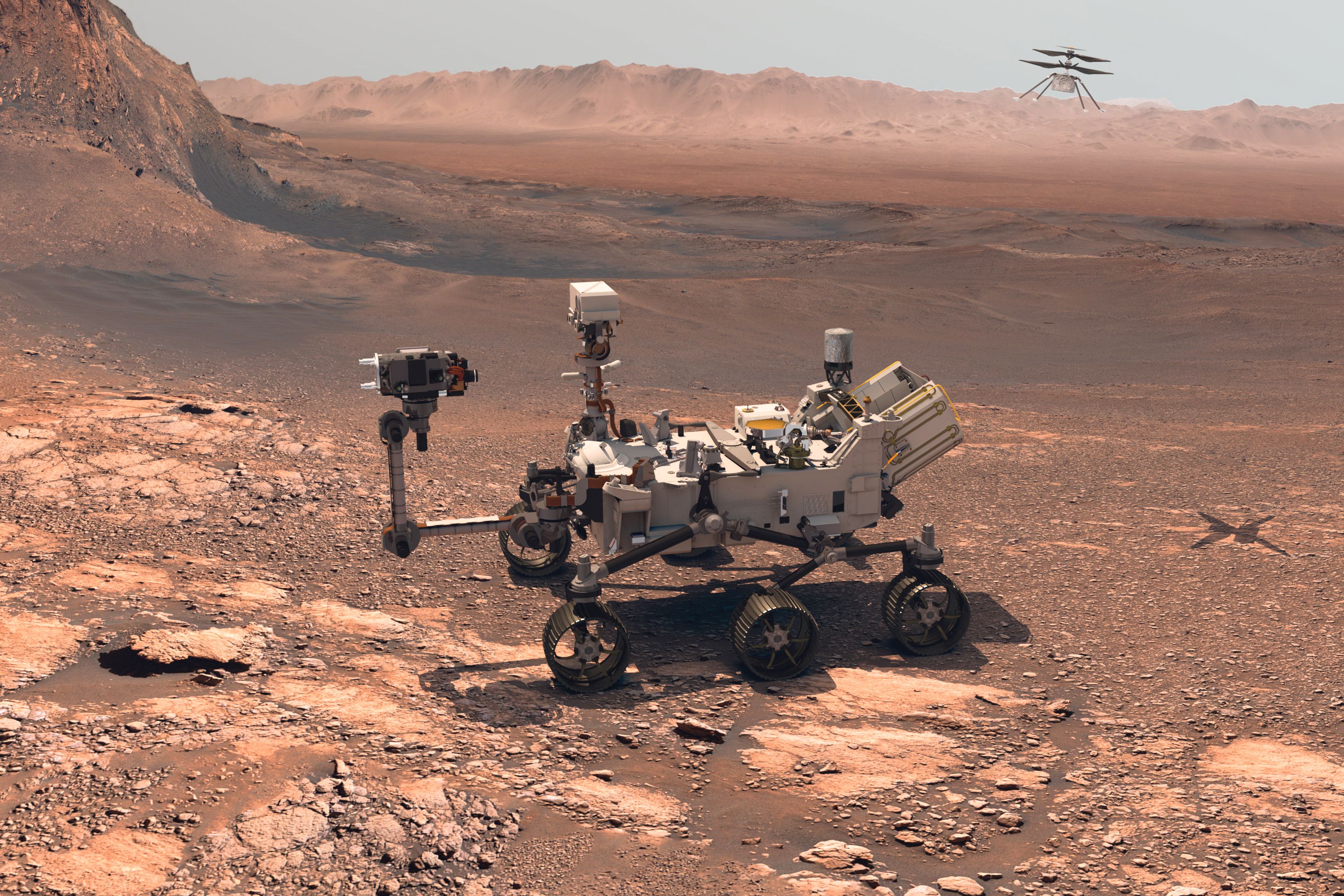Summary Perseverance rover begins challenging climb up Mars' Jezero Crater Rim next week. Rover in great shape after 4 missions, will navigate tough terrain with remote help and AutoNav technology. Exploration aims to find ancient signs of life in Mars' oldest materials on crater's top.
NASA's Perseverance rover is set to make the steep climb up Mars' Jezero Crater Rim next week. The exploration vehicle has already completed four science campaigns in its 30 months on the Red Planet. Perseverance has long climb ahead Starting next week, the rover will spend approximately one month making its way up the western side of Jezero Crater Rim to study regions at the top of the crater.

It is likely to face the toughest terrain challenges since landing on Mars in February 2021 - while project leaders have mapped an optimal route, the rover will still encounter slopes of up to 23 degrees as it makes up approximately 1,000 ft in elevation. According to Art Thompson, Perseverance project manager at NASA's Jet Propulsion Laboratory, the rover is in "excellent condition" having already completed four science campaigns and clocking up over 18 miles of unpaved travel. The rover will depend on both remote pilots and its own autonomous navigation capabilities - called AutoNav - to make the arduous journey.
One of the rover's mission objectives is to search for past signs of life. It recently gathered sedimentary samples from the river delta of Jericho Crater - an initial analysis found that the rock contains chemical signatures that could have been formed by ancient microbial life billions of years ago. As explained by Perseverance team member Tanja Bosak from Massachusetts Institute of Technology, "Among these rock cores are likely the oldest materials sampled from any known environment that was potentially habitable.
When we bring them back to Earth, they can tell us so much about when, why, and for how long Mars contained liquid water and whether some organic, prebiotic, and potentially even biological evolution may have taken place on that planet." With the top of the crater believed to contain materials from the most ancient crust of Mars, it could give researchers an insight into whether some form of life once existed on the Red Planet. NASA is also cooperating with the European Space Agency (ESA) on its Mars Sample Return Program, which will see samples sent back to Earth for a more sophisticated analysis.
Two key regions Project leaders are keen for the rover to explore two particular regions at the top of the crater, called "Pico Turquino" and "Witch Hazel Hill." Satellite imagery suggests the latter region contains terrain from when Mars' climate was significantly different, while Pico Turquino has shown evidence of past hydrothermal activity. Eleni Ravanis, a key project scientist from the University of Hawaiì at Mānoa, said, "Our samples are already an incredibly scientifically compelling collection, but the crater rim promises to provide even more samples that will have significant implications for our understanding of Martian geologic history.
" Another tool in NASA's armory to explore Mars could be a solar-powered plane called MAGGIE - as Simple Flying has previously explored, the aircraft would fly at an altitude of around 1,000 ft and utilize a low-speed cruise with a high lift coefficient to overcome Mars' unique atmospheric challenges. The total range of MAGGIE in Martian years will be over 16,000 km..



















